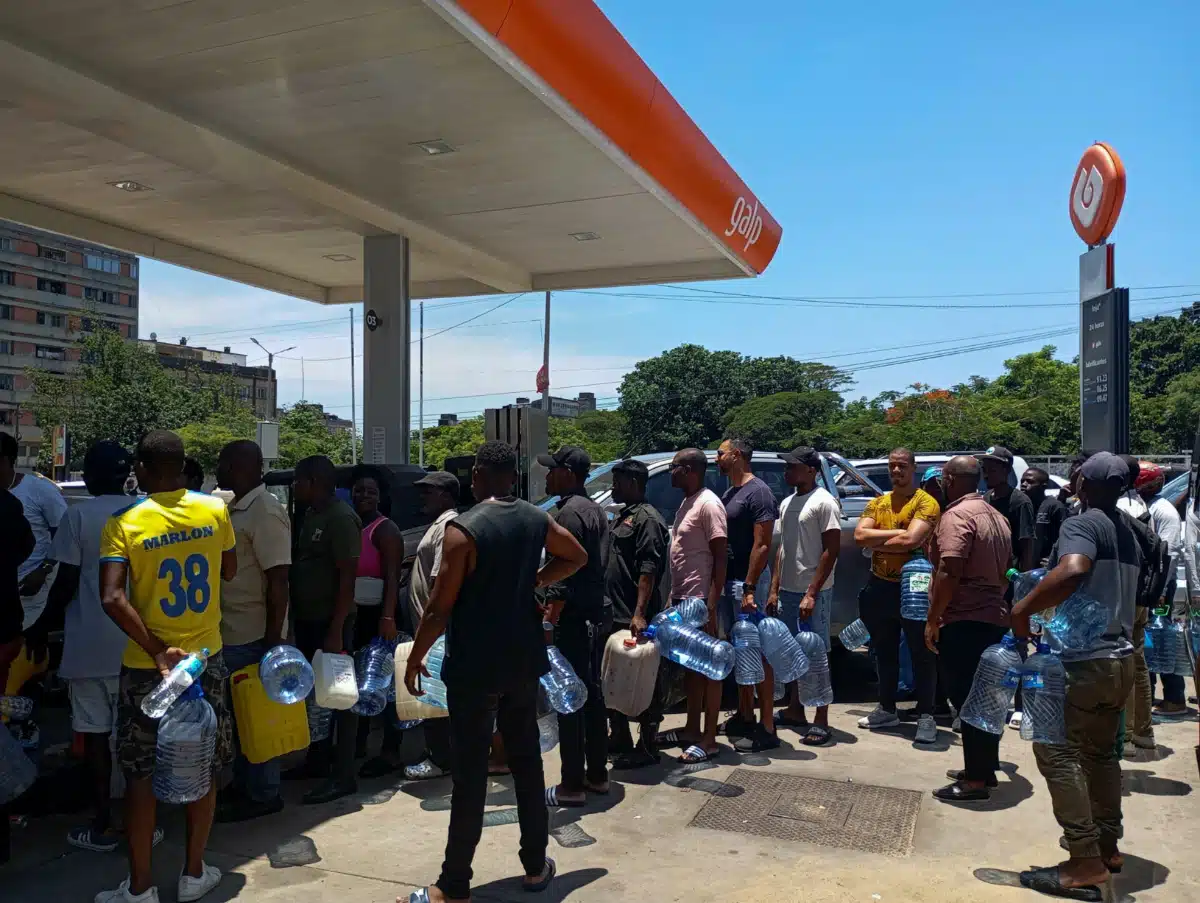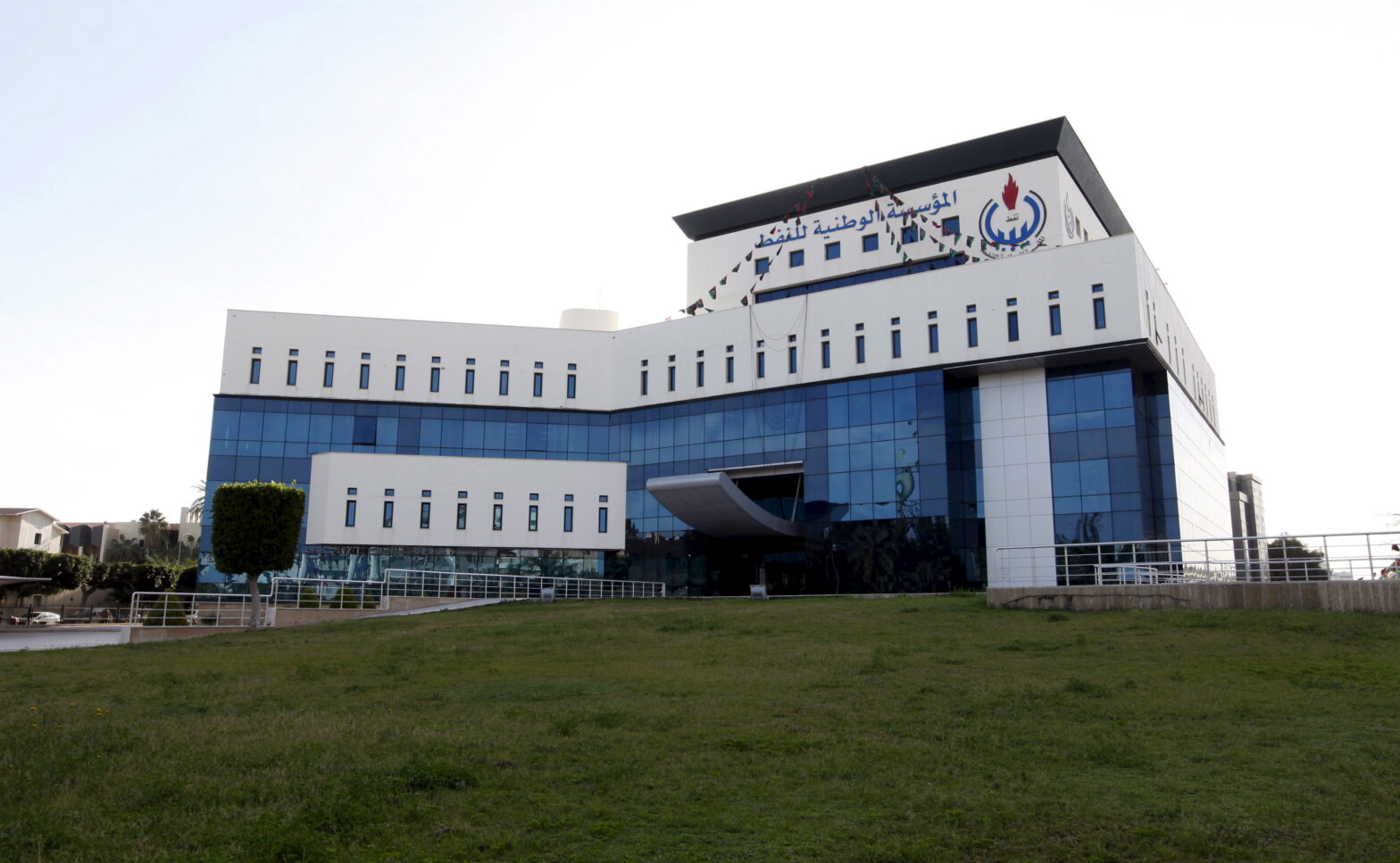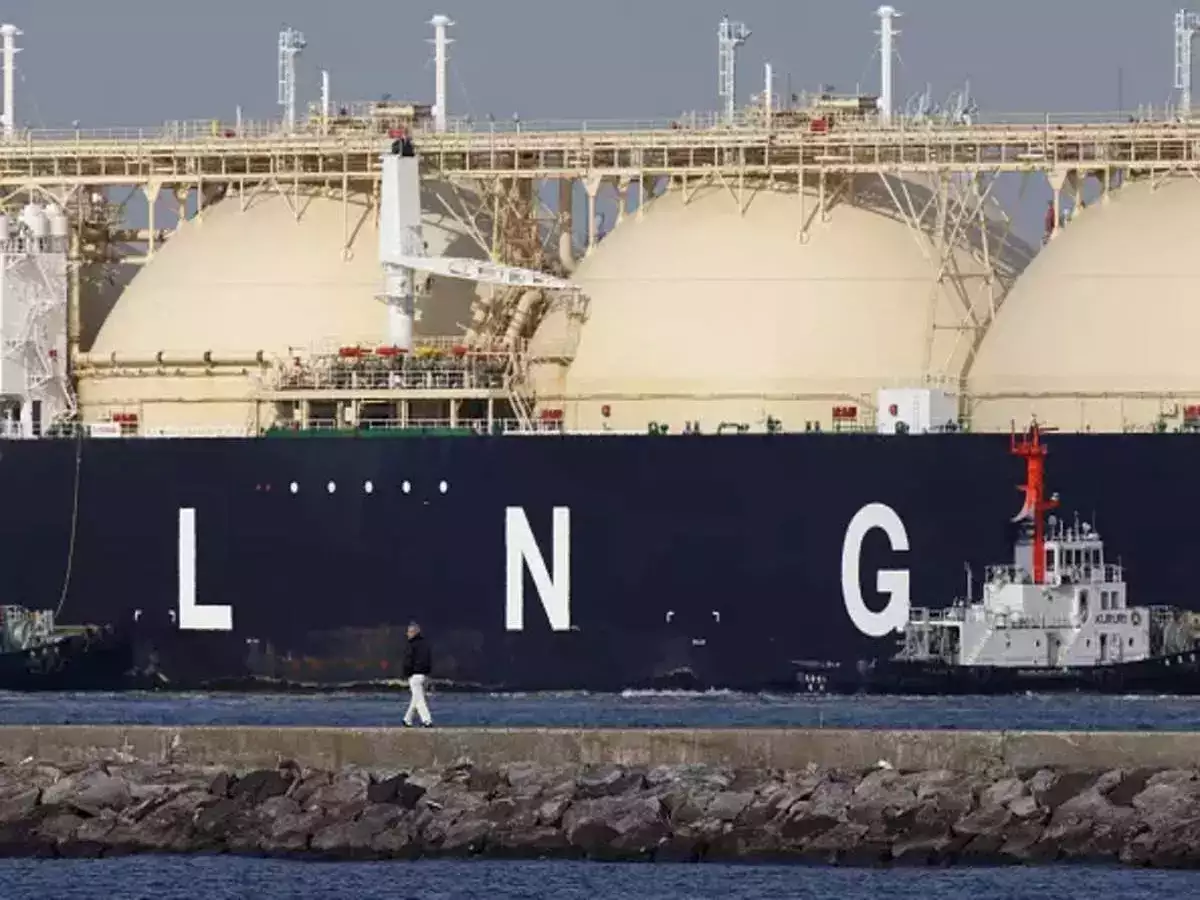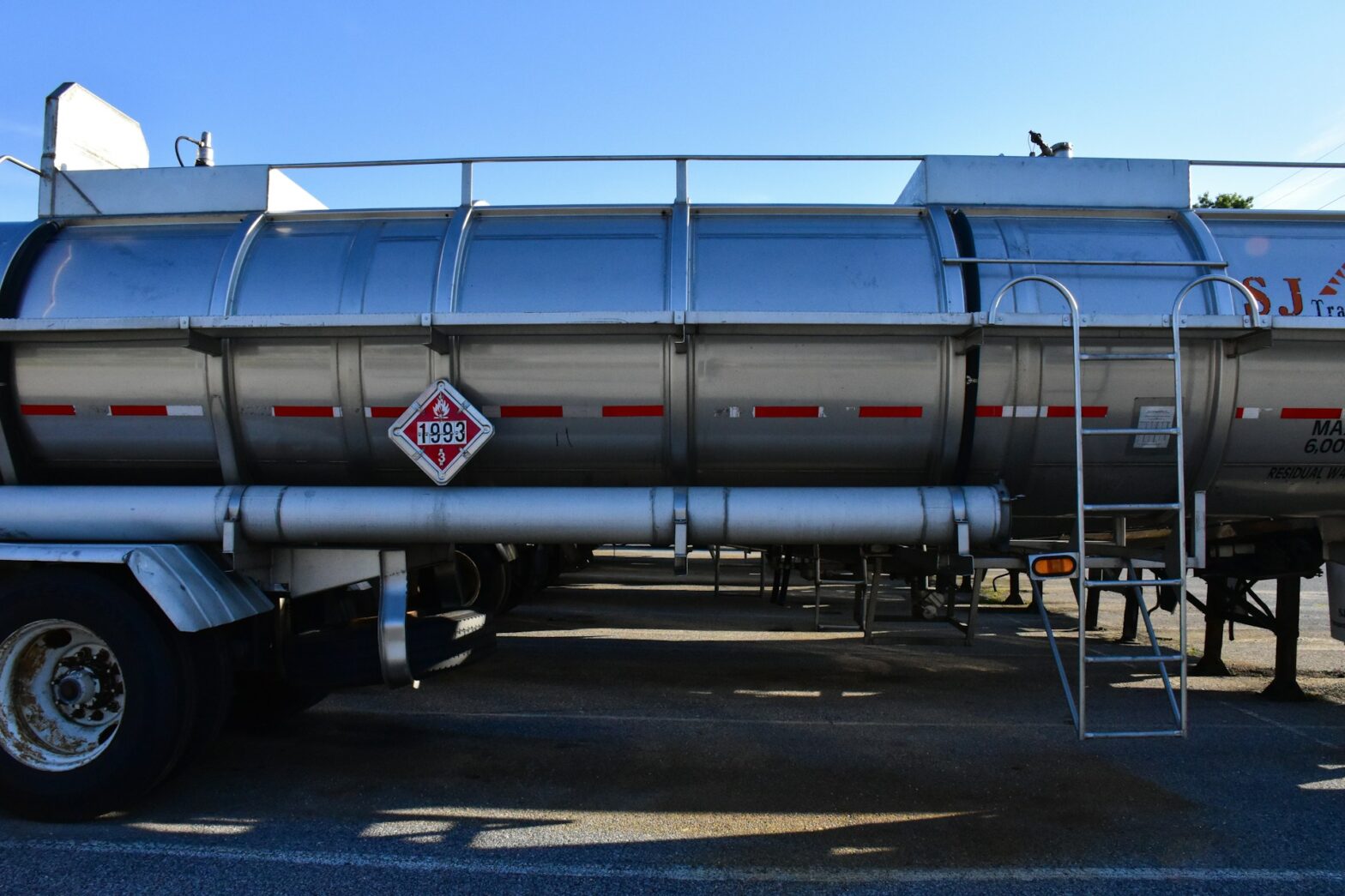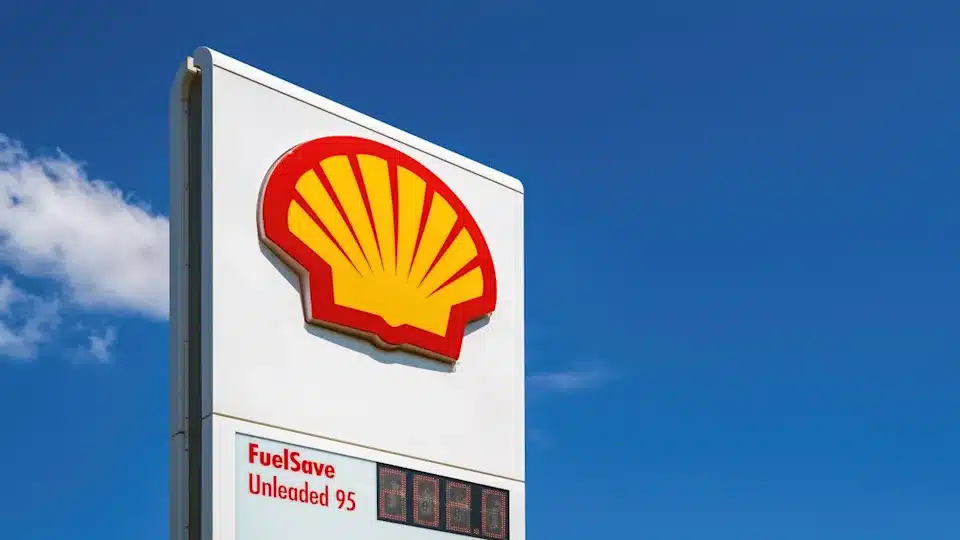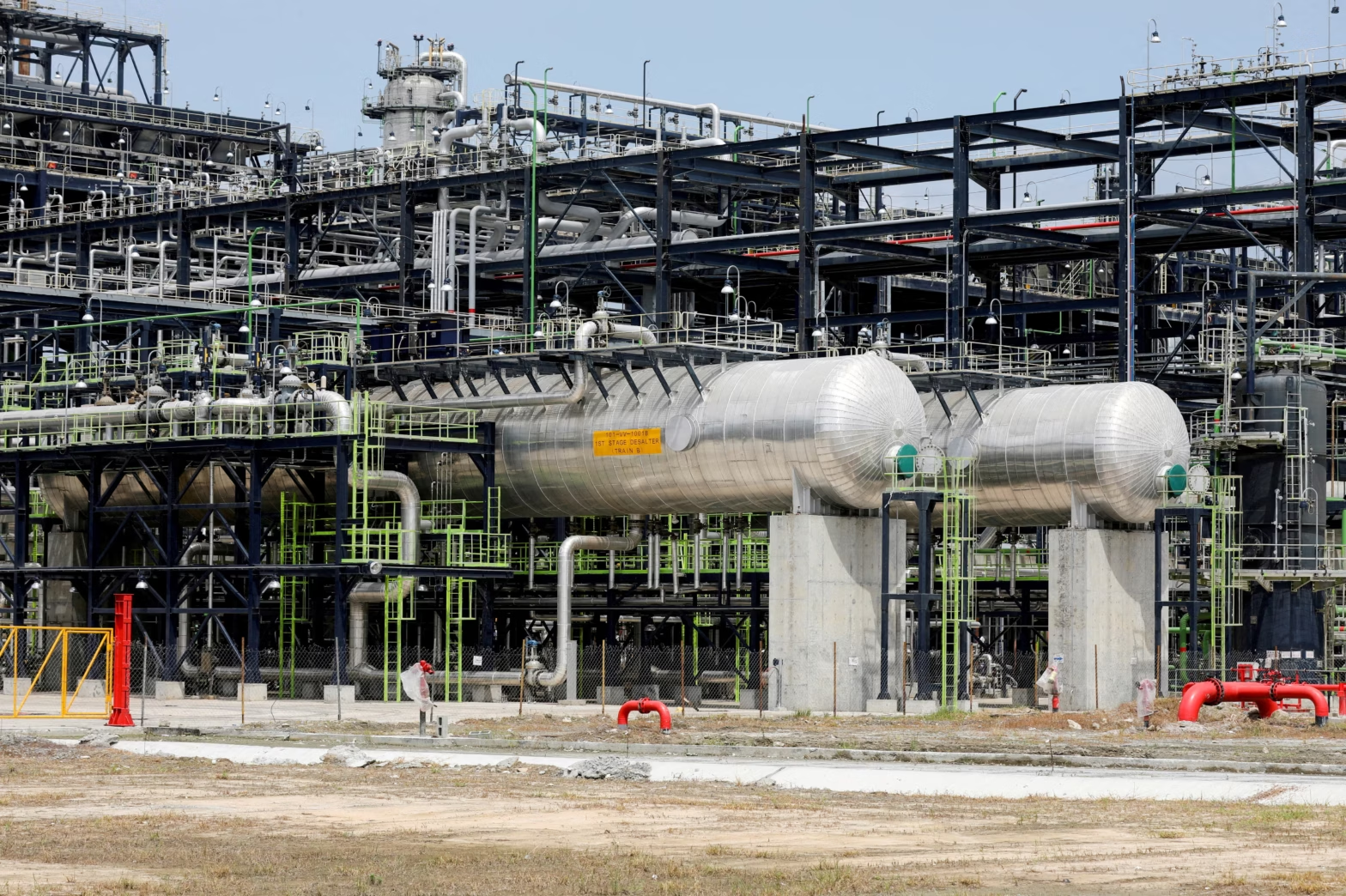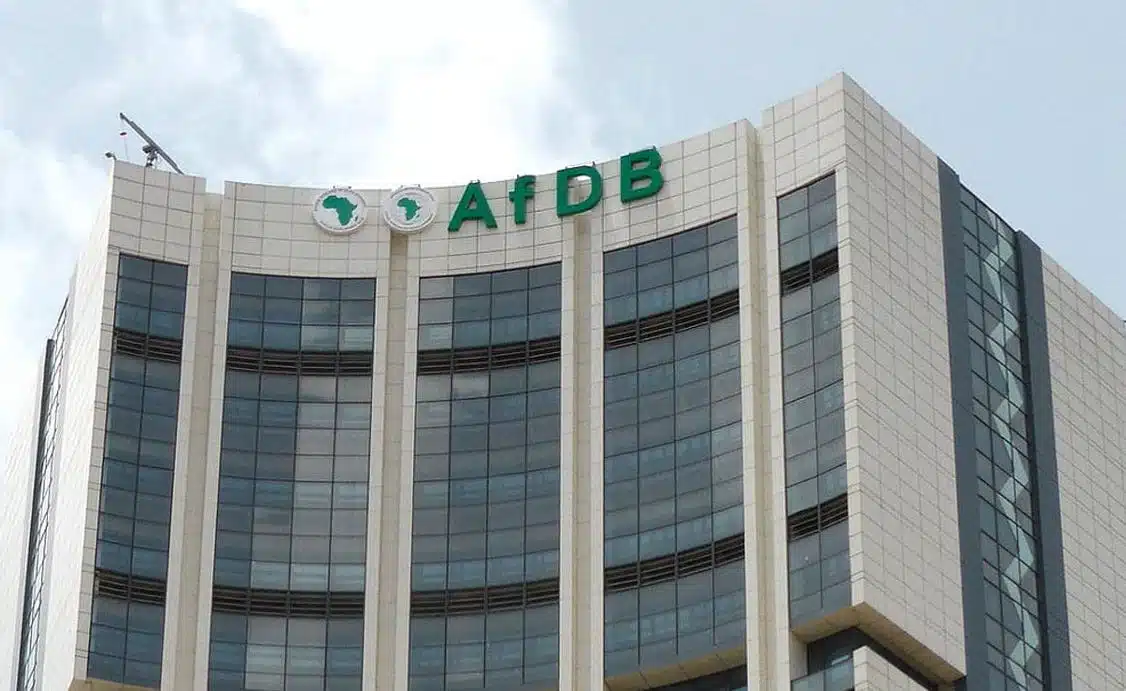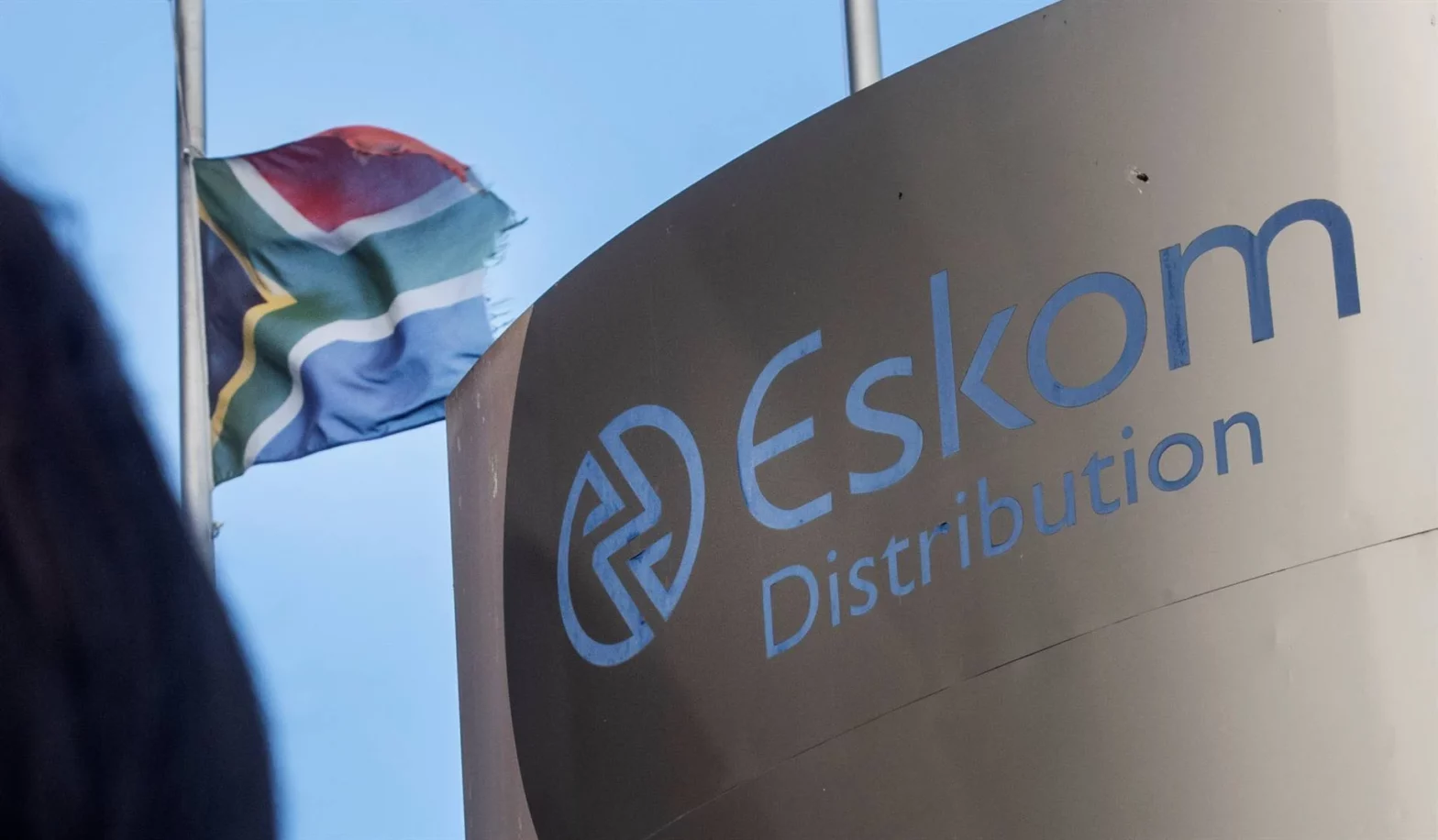Motorists in Maputo are grappling with growing fuel shortages amid a deepening foreign exchange crisis, as the dollar becomes harder to find and more expensive on the black market.
Long lines are forming at filling stations across the capital, while red and white tape wrapped around dry fuel pumps has become a daily sight.
Informal currency traders are recording increased demand for the US dollar, as businesses and individuals struggle to access foreign currency from banks.
The ongoing shortage has left many drivers searching endlessly for petrol. When fuel is found, queues quickly form, stretching for blocks in some cases.
“It’s frustrating,” said Antonio, a cab driver in Maputo who gave only his first name. “I waste more fuel looking for fuel than doing actual work.”
The situation reflects a larger problem. Mozambique is in the middle of a foreign currency crisis, with the official exchange rate barely budging despite mounting pressure on the economy.
The central bank, Banco de Moçambique, has kept the metical pegged around 63 to the dollar since July 2021, a policy the International Monetary Fund has described as a “de facto stabilized” exchange rate.
But on the streets of Maputo, the reality is different. The dollar sells for as high as 78 meticais, representing a premium of more than 20% compared to the official rate. Many now rely on the black market to meet their dollar needs.
“People have no choice,” said Santos, an informal currency trader near the city’s central market. “More and more are buying from us because they can’t get dollars elsewhere.”
Businesses feel the heat
Moreover, the ripple effects are reaching various sectors of the economy.
At least one flour mill is reportedly unable to import wheat due to a lack of dollars, while bread prices have surged by 17% since January, according to Victor Miguel, who heads the country’s bread-makers association.
“The situation is worrying,” Miguel said in a phone interview with Bloomberg. “The price of bread is going up, and that affects everyone, especially the poor.”
The central bank, however, insists that measures are already in place to ease the strain.
It recently increased the percentage of export proceeds that must be converted into local currency from 30 to 50%.
In January, it also reduced the reserve requirements for commercial banks, a move it said would free up dollar liquidity.
Still, the bank has been largely silent on the worsening conditions.
In a speech last month, central bank governor Rogério Zandamela dismissed concerns about dollar shortages.
He said it was important for Mozambique to continue building international reserves, which stood at $3.68 billion in January, down from the previous month.
While reserves appear relatively stable compared to IMF benchmarks, pressure continues to build due to the country’s trade deficit.
According to official data, Mozambique imported $164 million more than it exported in 2023. The nation’s top exports natural gas and coal each earned about $2 billion, but that hasn’t been enough to offset growing import bills.

